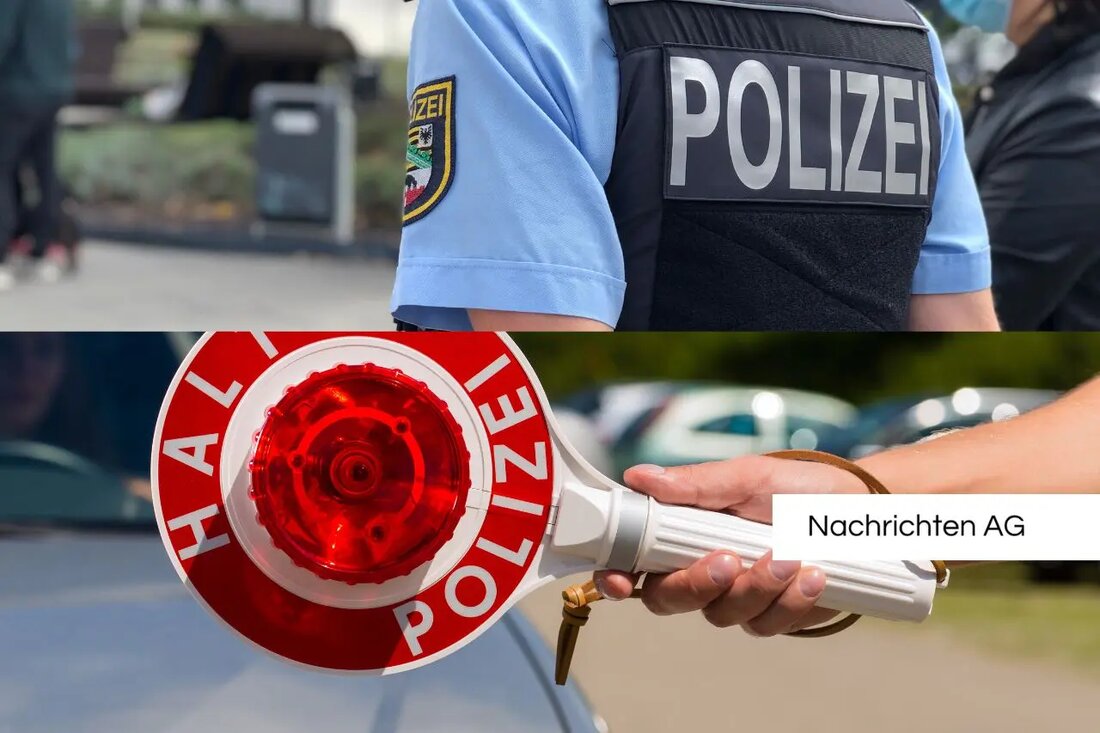New security portal in Hesse: Citizens report defects and fear spaces!

New security portal in Hesse: Citizens report defects and fear spaces!
The defect detectors in Leverkusen has established in urban planning and now has over 2300 reports that are located in various machining stages. Since its introduction, the Tool has enabled citizens to draw attention to important infrastructural defects. The most common reports include broken lanterns, wild garbage deposits, bad roads and damaged traffic signs that together show a picture of the local infrastructure.
The CDU has made an application in this context to expand the defect. This concern reflects the growing importance of feeling of security in public perception. The Union application is based on the realization that there is a clear distinction between the objective security situation and the subjective sense of security of the citizens. A lack of security not only affects the behavior of the residents, but also their mobility in public space.
anxiety spaces and their effects
ANGREMENTIONS are often caused by factors such as poor lighting and neglected corners. These areas are not only a physical problem, but can also significantly impair the subjective feeling of security. The CDU sees an important step in the expansion of the defect detectors around these fear spaces to improve the feeling of security of the citizens in Leverkusen.
The security portal in Hessen
The security portal includes, among other things, the online guard of the Hessian police, which enables it to reimburse criminal charges and report offenses such as bicycle theft. It is pointed out that over 100,000 offenses were recorded last year. In addition, the Hessen opposite report was set up, which serves to report extremist activities.
The new security portal goes one step further: Citizens can report defects and fear dreams by setting a pin on an interactive card. These messages are automatically forwarded to the responsible bodies. The interactive card is also accessible on mobile devices and marks already reported defects that disappear as soon as they have been remedied.
In particular, anxiety spaces are to be taken up by the police directorates and integrated into the various police measures. Peter Beuth encouraged the citizens to actively use the portal to actively improve the feeling of security.
The interaction of design and security
The topic of urban security is crucial for the well -being of the population. A well thought -out design of public space, which includes aspects such as development height, sufficient lighting and visibility, has a direct impact on the citizens' sense of security. Studies illustrate that certain groups of people, such as women and adolescents, have specific security needs that should be taken into account in urban planning.
Citizen participation proved to be essential for effective security strategies. Initiatives such as neighborhood inspections and prevention walks promote social control and increase the feeling of security in the community. Successful cities show that the close cooperation between the authorities, police and citizens leads to more sustainable security solutions, as is also practiced in Vienna.
In this regard, the measures of the CDU in Leverkusen and the security portal in Hessen are important steps on the way to higher urban security. However, it needs a comprehensive concept that focuses on both the structural conditions as well as the needs and fears of citizens.
| Details | |
|---|---|
| Quellen | |
